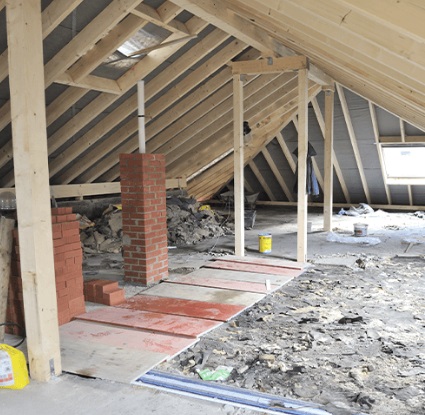Easy Steps to Teach Your Dog Their Name
Teaching your dog their name is one of the first and most crucial steps in training. A name isn’t just a label; it’s a way to capture your dog’s attention and communicate effectively. By learning their name, your dog will respond more readily to your commands, making everyday interactions smoother and more enjoyable.
Preparing to Teach Your Dog Their Name
Choosing the Right Name
Short and Simple
When selecting a name for your dog, opt for something short and simple. Names with one or two syllables are easier for dogs to recognize and respond to quickly.
Unique Sound
Choose a name with a unique sound that stands out from common commands or household words. This will help your dog distinguish their name from other noises they hear daily.
Gathering Training Tools
Treats
High-value treats are essential for positive reinforcement. Choose small, tasty treats that your dog loves and can consume quickly during training sessions.
Clicker
A clicker can be an effective tool to mark the exact moment your dog responds correctly. It creates a consistent sound that your dog will associate with positive behavior.
The Teaching Process
Creating a Positive Association
Using Treats and Rewards
Begin by associating your dog’s name with something positive. Say their name and immediately follow it with a treat and lots of praise. This helps create a positive connection between their name and good things.
Consistent Repetition
Repetition is key to reinforcing this positive association. Frequently use your dog’s name in various situations, always rewarding them when they respond. Learn – how to teach a dog their name
Initial Training Sessions
Short and Fun
Keep initial training sessions short and fun to maintain your dog’s interest and enthusiasm. Aim for 5-10 minute sessions a few times a day.
Controlled Environment
Start training in a quiet, controlled environment with minimal distractions. This helps your dog focus solely on learning their name without competing stimuli.
Using the Name in Daily Activities
Mealtime
Use your dog’s name during mealtime by calling them before placing their food down. This reinforces name recognition in a positive context.
Playtime
Incorporate name training into playtime by calling your dog’s name before tossing a toy or initiating a game. This makes learning fun and engaging.
Reinforcing Name Recognition
Gradual Increase in Difficulty
Adding Distractions
Once your dog consistently responds to their name in a controlled environment, gradually introduce distractions. This helps solidify their name recognition in more challenging situations.
Practicing in Different Locations
Practice name recognition in various locations around your home and yard. This teaches your dog to respond to their name regardless of the setting.
Consistency is Key
Family Involvement
Ensure that all family members use the same name consistently. This prevents confusion and helps your dog learn their name more effectively.
Avoiding Confusion
Avoid using your dog’s name for negative interactions, like scolding. This can create a negative association and hinder training progress.
Troubleshooting Common Issues
Dog Not Responding to Name
Re-evaluating Training Methods
If your dog isn’t responding to their name, re-evaluate your training methods. Ensure you’re using high-value treats and positive reinforcement consistently.
Ensuring Consistency
Check that everyone in the household is using the same training techniques and commands. Consistency is crucial for effective learning.
Overcoming Distractions
Gradual Introduction
Introduce distractions gradually to avoid overwhelming your dog. Start with mild distractions and slowly increase the difficulty as your dog improves.
Patience and Persistence
Training takes time and patience. Stay persistent and continue practicing regularly, even if progress seems slow.
Advanced Name Training Techniques
Using Hand Signals
Combining Verbal and Non-verbal Cues
Incorporate hand signals along with verbal commands to strengthen your dog’s response. This can be particularly useful in noisy environments.
Teaching Multiple Names
Differentiating Commands
If you have multiple dogs, teaching them to recognize their individual names and differentiating commands can be helpful. Use distinct names and ensure each dog responds to their own name only.
Conclusion
Teaching your dog their name is a foundational step in building a strong and positive relationship. With patience, consistency, and positive reinforcement, your dog will learn to respond to their name quickly and happily. Start your training today and enjoy a lifetime of better communication with your furry friend.
FAQs
- How long does it take for a dog to learn their name?
- Most dogs can learn their name within a few days to a couple of weeks, depending on consistency and training methods.
- Can older dogs learn their name?
- Yes, older dogs can learn their name with the same techniques used for puppies. It might take a bit longer, but they can still learn.
- What if my dog has a common name?
- If your dog has a common name, use a distinct tone or additional cues to help them differentiate their name from other similar sounds.
- How often should I practice name training?
- Practice name training several times a day in short, fun sessions to keep your dog engaged and reinforce learning.
- Can I change my dog’s name if they already have one?
- Yes, you can change your dog’s name. Use the same training methods to teach them their new name, associating it with positive reinforcement.










